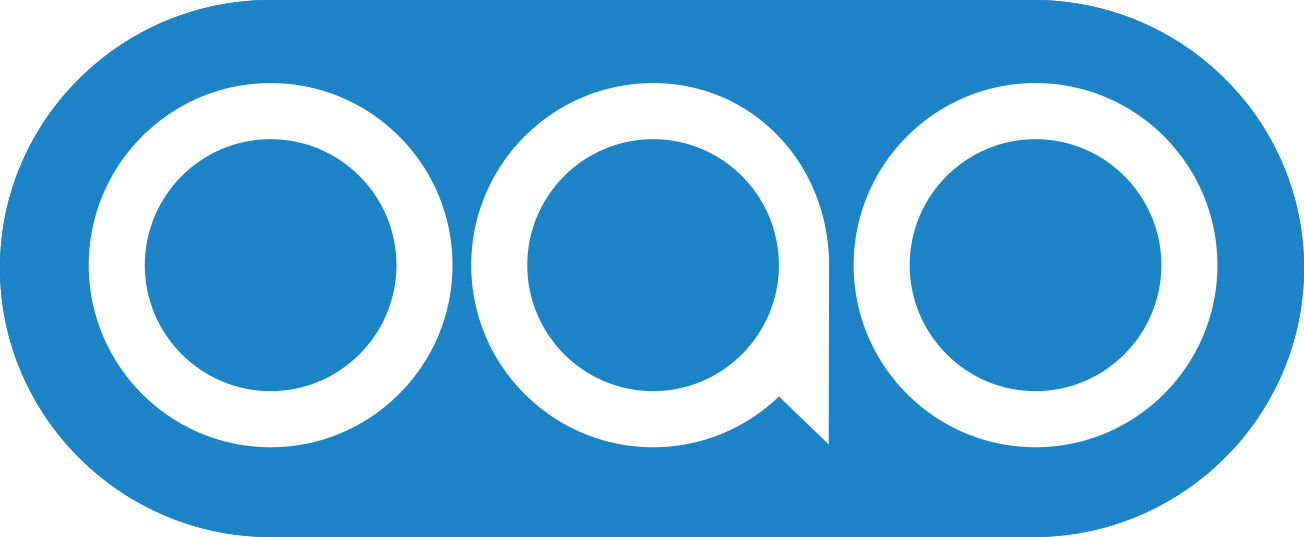By Rob Beeler
There was a time…
A time when you could run your campaigns in DFP in your newsletters. This goes back to the days when impressions were counted when you called them, not when they rendered. The numbers were always a bit funky and not every creative would work, but you knew that was the case. As a trafficker, you were just happy to have one ad server.
Things changed. Google stopped supporting newsletters. Hacking the newsletter code stopped working or just wasn’t worth it. Ads in newsletters became an island of inventory separated from the mainland of your display campaigns.
Now, as more and more focus is on publishers authenticating their audiences with email, newsletters become an integral part of an identity strategy. You’d be mistaken to think newsletters will future-proof your business, but why wouldn’t you put your content into someone’s inbox if that’s what they want? Newsletters work.
But newsletters need to be more than just a means for email-based authentication. There’s revenue to be had. Advertisers want to be in those inboxes too. But with Google not supporting newsletters, pubs were left with a few choices: no ads, hard coding ads, newsletter sponsorships, or using a second ad server for your newsletters.
OAO looked at those options and decided that bringing newsletter inventory back under one ad server, AM360, would benefit publishers. They set out to solve this problem:
“We work with a large number of publishers, providing them with a wide variety of services,” says Craig Leshen, President of OAO. “We work through the challenges they bring to us, and strategize on how to address them immediately, and for the long haul. We’re an ad ops firm. We know the struggle. We want to make things better, help them streamline their operations wherever they can, and we want to make sure publishers make enough revenue to thrive in a tough industry.”
The first step was to develop a product that would allow for Google Ad Manager to legitimately count impressions and clicks.
“The main hurdle to clear was to call the ad server for an ad that conformed to Google’s requirements,” says Leif Kramer, OAO’s Director of Product Development. “As a Google partner, we were able to navigate that roadblock. Then the key was to connect the dots to make it work.”
The initial version of OAO’s product, OAO EAC, made newsletter sponsorships easier to sell. Impressions count as impressions and clicks count as clicks, all captured within AM360, the same ad server used for their other display campaigns. But since not every publisher is lucky to sell out a sponsorship for every newsletter they serve, OAO continued to develop OAO EAC, and built additional technology within it that allowed publishers to serve ROS display ads into newsletters. This was a huge step forward for helping publishers to always monetize their newsletters, provided of course that you had direct-sold ROS campaigns to run in newsletters. OAO continued to build additional functionality into their product, such as a variety of targeting and audience capabilities. To truly complete the picture, they then set out to add a programmatic component to it.
“We all want sponsorship dollars,” says Craig Leshen.
“We all want more direct sold dollars but we can’t always fill everything that way. At the same time, you don’t necessarily want unsold inventory to only serve house ads. Like display on a website, we wanted to make a way to monetize newsletter with programmatic and make our publisher clients more revenue."
Finding a programmatic solution meant finding the right partner with the right technology to solve this problem. It would take a SSP that can both deliver ads in email and also had the pipes in place for advertisers to easily purchase. It wasn't easy, but eventually OAO found that partner with Passendo, the leading European ad server and native platform for in-email advertising.
“When OAO approached us, we were excited to build a partnership that would increase our reach globally,” says Andreas Jurgensen, Passendo's CEO. “From our start, we have set out to solve the limitations of traditional ad servers and offer all the capabilities we have come to expect on the web, in email. Since 2016 we have been helping some of the world's largest media organizations overcome the technological barriers that limited the commercial possibilities of their newsletters, with our in-email ad server. Our new partnership with OAO gives us the opportunity to take that even further.”
OAO EAC now helps publishers monetize their newsletters not only for sponsorships and direct sold campaigns, but also with programmatic demand. This programmatic piece means publishers have an opportunity to not let impressions go unsold, so publishers can devote more time and energy to writing more content and getting more newsletters published. Efforts will be rewarded with revenue, without having to sell a disconnected ad product.
“Newsletter inventory is now a part of the complete ad package, and not something separated from the rest,” says Craig. “OAO EAC, and our partnership with Passendo, means more revenue, an easier sales proposition, and a programmatic safety net, which will monetize a publisher's inventory if they have space to fill. It’s a real win for our clients.”
If you’d like to benefit from OAO EAC, the OAO team has been kind enough to offer ten Beeler.Tech publishers the first two months or first 10 million impressions free of charge (whichever comes first). Contact sales@adops.com and mention Beeler.Tech.

